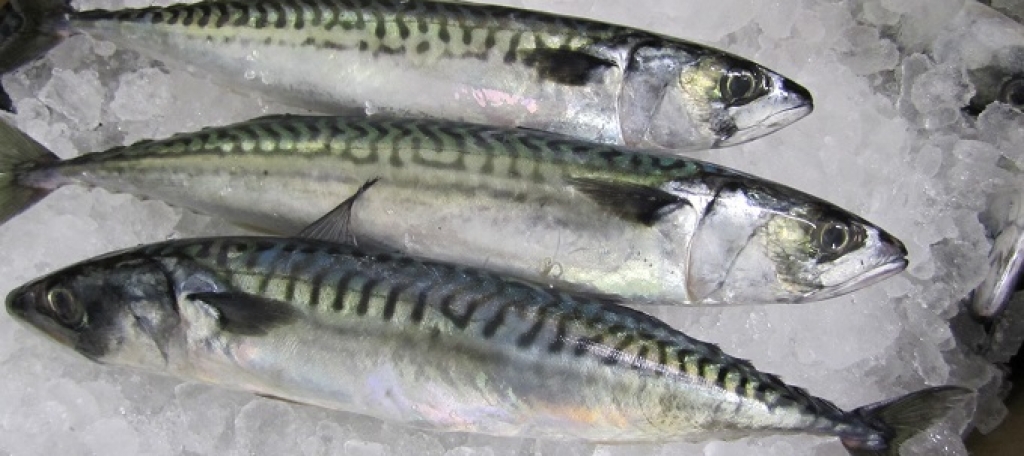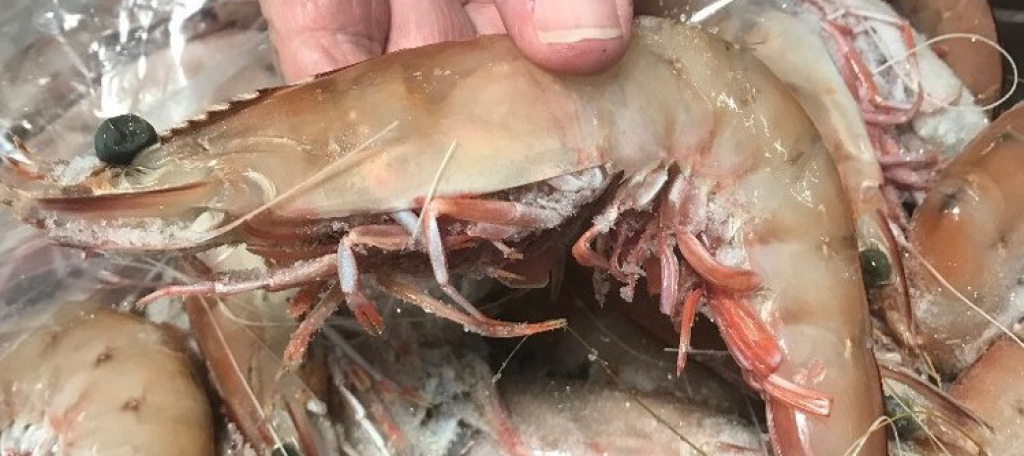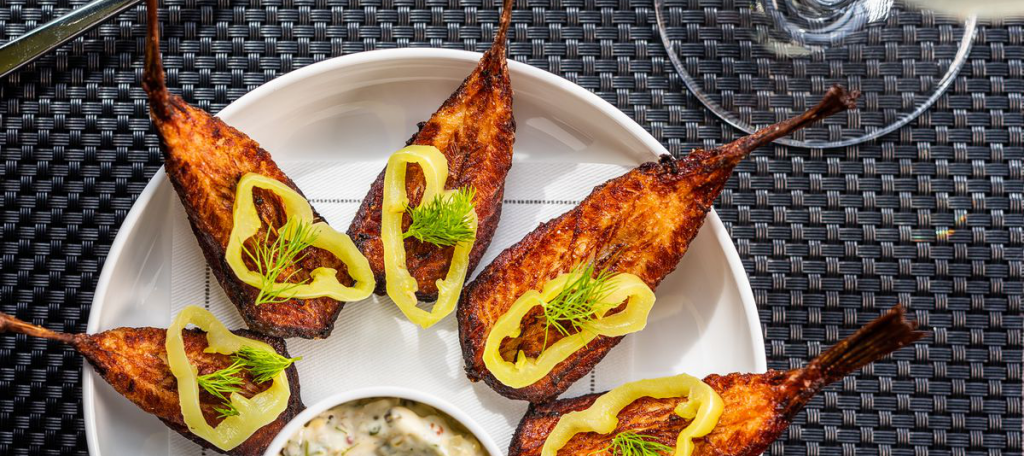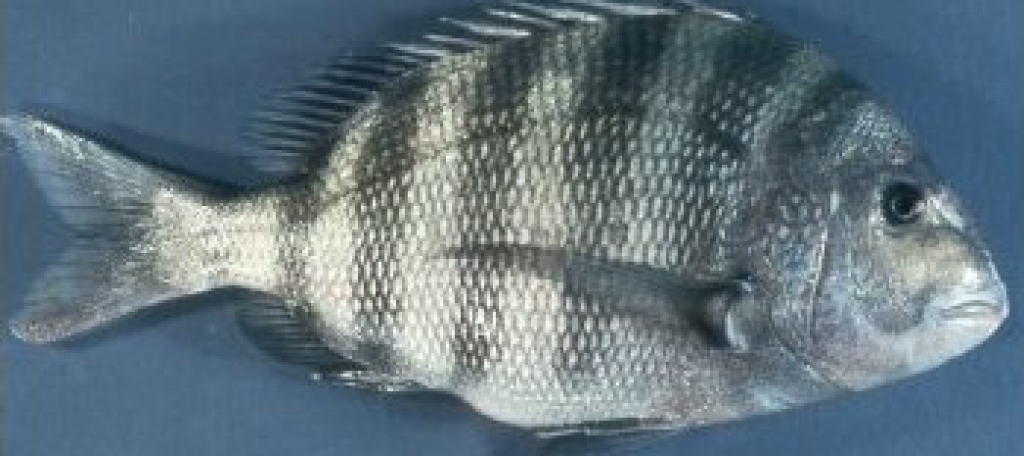
Boston Day Boat
A robust ocean flavor with a silky texture. High in Omega 3.
Robust, Complex, Creamy, Silky
Quick Facts
Commonly Known As:
Atlantic Mackerel, Mackerel, Saba
-
Species Name
Mackerel
-
Latin Name
Scomberomorus maculatus
-
Origin
Gulf of Maine
-
Harvest Method
Hook & Line
-
Range & Habitat
North Atlantic & New England
-
Producer
New England Fleet

Range & Habitat
New England Fleet
New England was once the wealthiest region in the United States. Between 1850 and 1910 New Bedford was considered the whaling capital of the world. At this time whale oil and by products were more valuable than any other natural resource next to gold. The Seamen hunting these mammals were some of the richest men of their time building huge mansions along the coastline of New Bedford. They assembled the finest modern fishing fleets to hunt this ocean gem and nearly drove the whale to extinction. Today, New Bedford has transformed itself into a large scallop port along the Eastern Seaboard and produces the largest amount of shucked meats for our domestic consumption. In keeping with SeafoodS.com's commitment to providing complete regional solutions, our team has also layered in day-boat producers and aqua-culture artisans in Nantucket, Cape Cod, Boston, Glouster and many other local fisheries of the Northeast.
You Might Also Like These

Sweet, Succulent, Meaty
Spencer Gulf King Prawns are an Australian product, caught and packed in Australia. The highest level of quality control is maintained, ensuring presentation, flavour, and product life is preserved.

Really Sweet
Mid Atlantic Bycatch Non-venomous pufferfish, clean of its membrane. Really sweet and delicious option for fish n chips or tempura style.

Earthy, Clean, Mild, Moist
Sheepshead are the largest fish in the Porgy Family. Sheepshead gets their name from rows of flat teeth that line their mouths, resembling Sheep's teeth. The specialized teeth structure are paramount in acquiring the Sheepshead's favorite foods. The Sheepshead Porgy eat primarily Oysters, Barnacles, Clams and Fiddler Crab. This translates to an earthy complex ocean flavor that pairs well with many larger flavors. Mushrooms and Oak-full wines come to mind. Sheepshead Porgy have the characteristics of many Snapper with a larger flake. Treat as any favorite Snapper when preparing. Saute, Roast, Grill, Sous Vide.